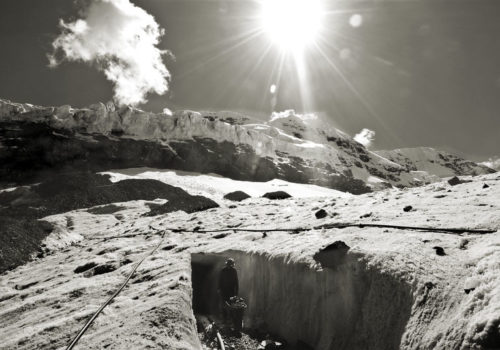For twelve years, the National Association of Iconographers organizes readings professional portfolios during the week of the International Festival of Photojournalism ‘Visa pour l’image “and thus receives more than 300 photographers from all backgrounds to advise and guide them.
The financial crisis, currency devaluation and fear of a repeat of both have sent investors to gold in waves of so-called refuge buying that has prices at record highs. On the other side of this boom, is a gold rush from the lush Amazon Basin to the harsh highlands of the southern Andes: small-scale, often illegal mining and higher contaminating mining activities. Most of the gold is exported. The bright gold contrasts with the living conditions at La Rinconada in the southern Puno region. At 5,400 meters above sea level, gold fever is everywhere, but residents live with unpaved roads and poor sanitation and sewage. There are nearly 100 small mines in the Bella Durmiente (“Sleeping Beauty”, in Spanish) Mountain. Miners brave the altitude, cold, dust, exposure to chemicals and resulting sickness for the possibility of finding minimal amounts of the metal. Contradictions rule in La Rinconada: where the extraction of the expensive mineral have workers risking their lives and health for survival, seeing none of the riches that are generated by its sale on the other side of the world. They, instead, continue to struggle for the bare minimum.
He obtained the Bachelor´s degree in cinema of the University of Lima in 2006. He has worked like a photojournalist at the diary Perú 21, diary El Comercio and the agency France-Presse. His work have been published in Financial Times, Le monde, Zmala, La tercera, Etiqueta negra. Nowadays he work as a free-lance photographer collaborating with The Deutsche Presse-Agentur. In 2008 he participated in two workshops offered by the International Center of Photography. Nowadays he realizes projects on topics of environment and sociocultural in the andes of Peru.
















